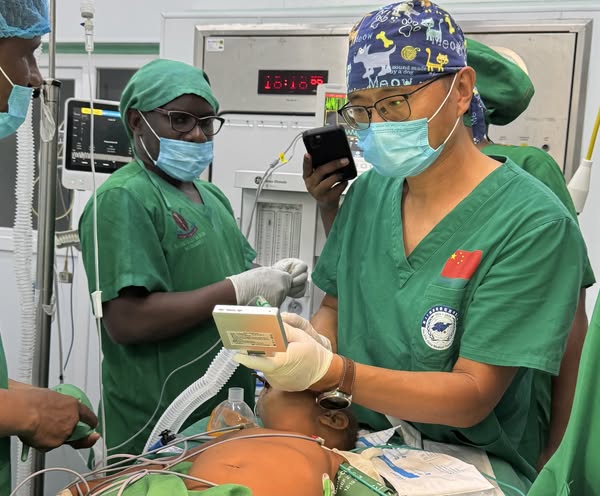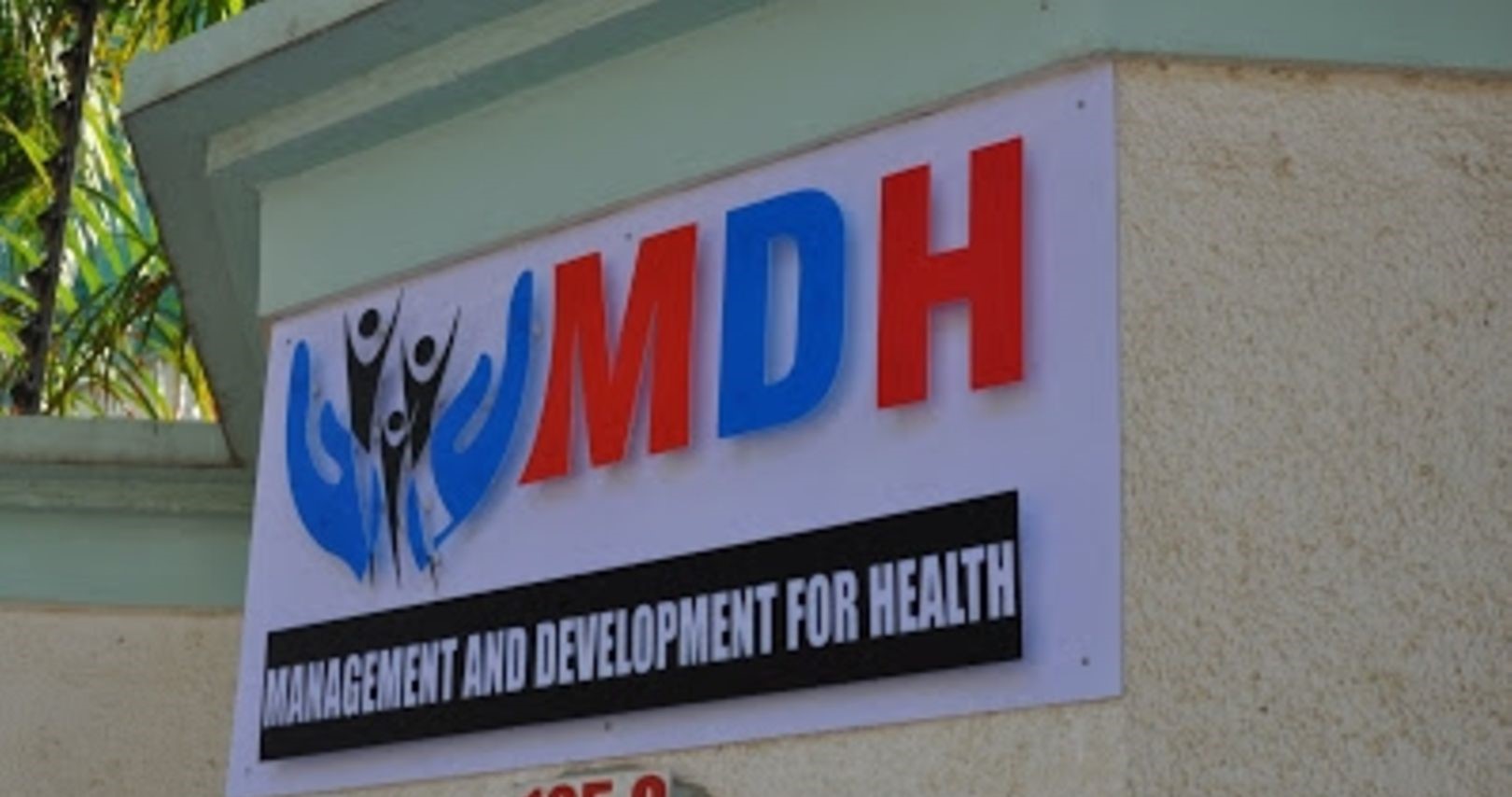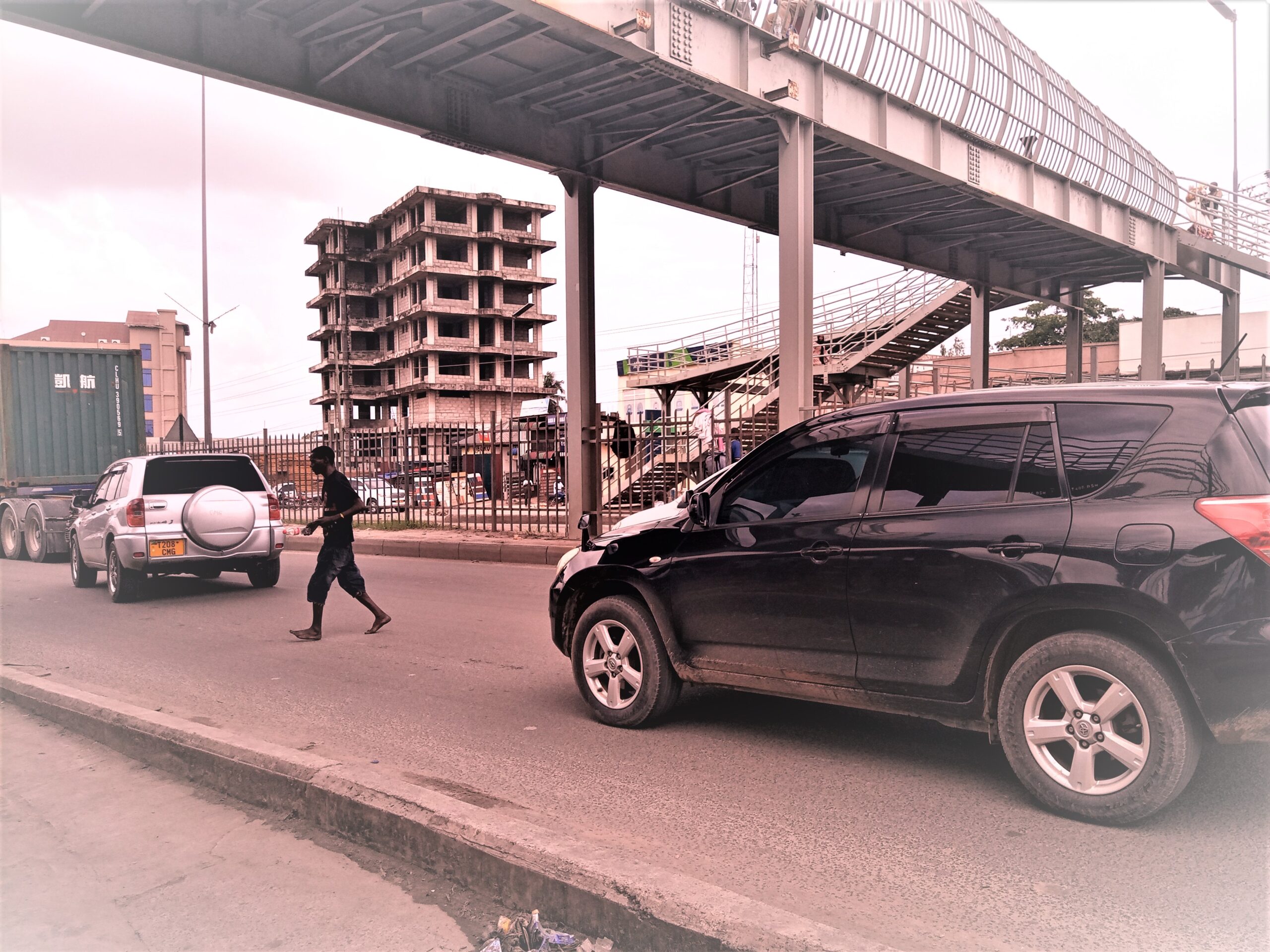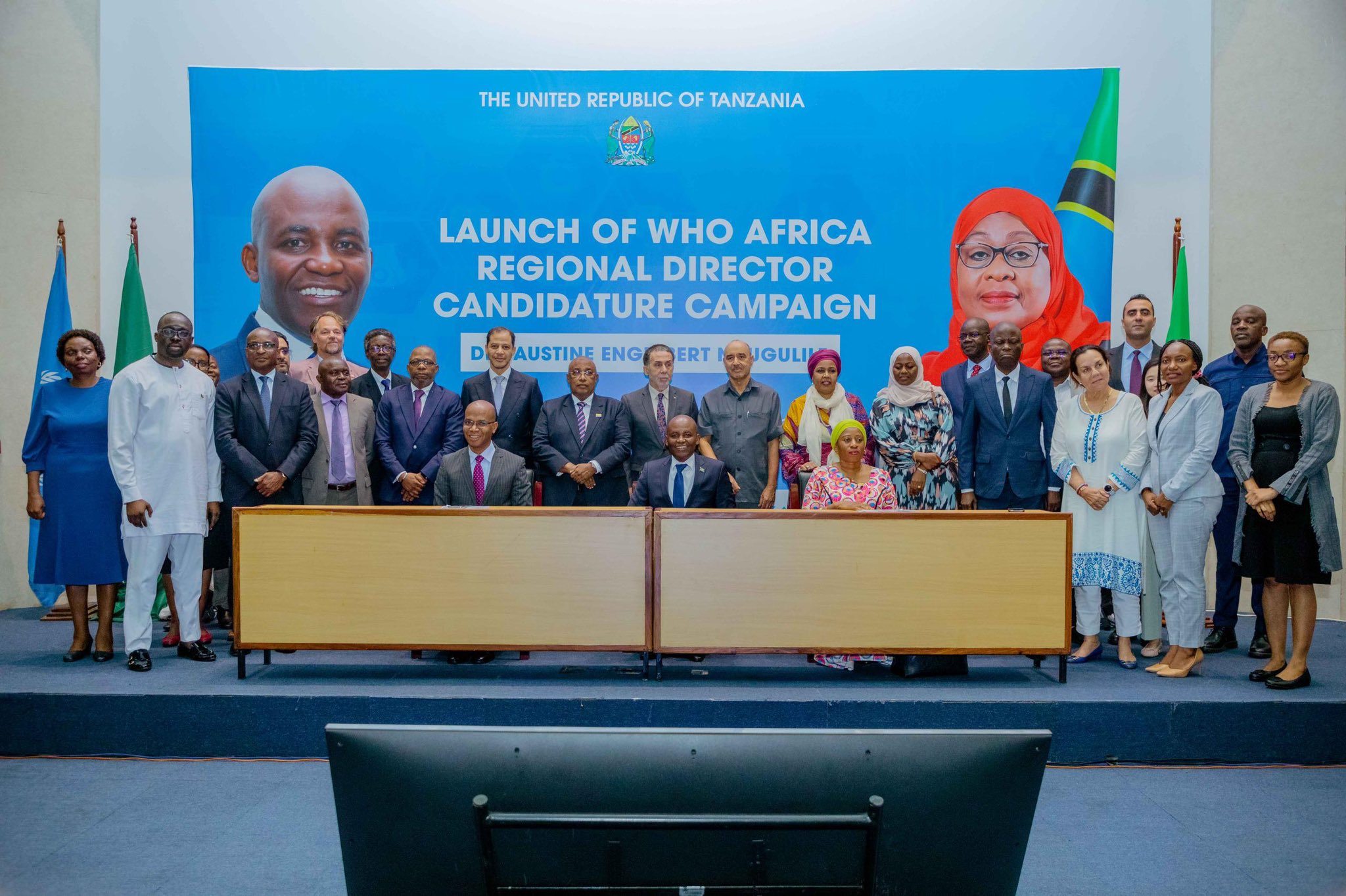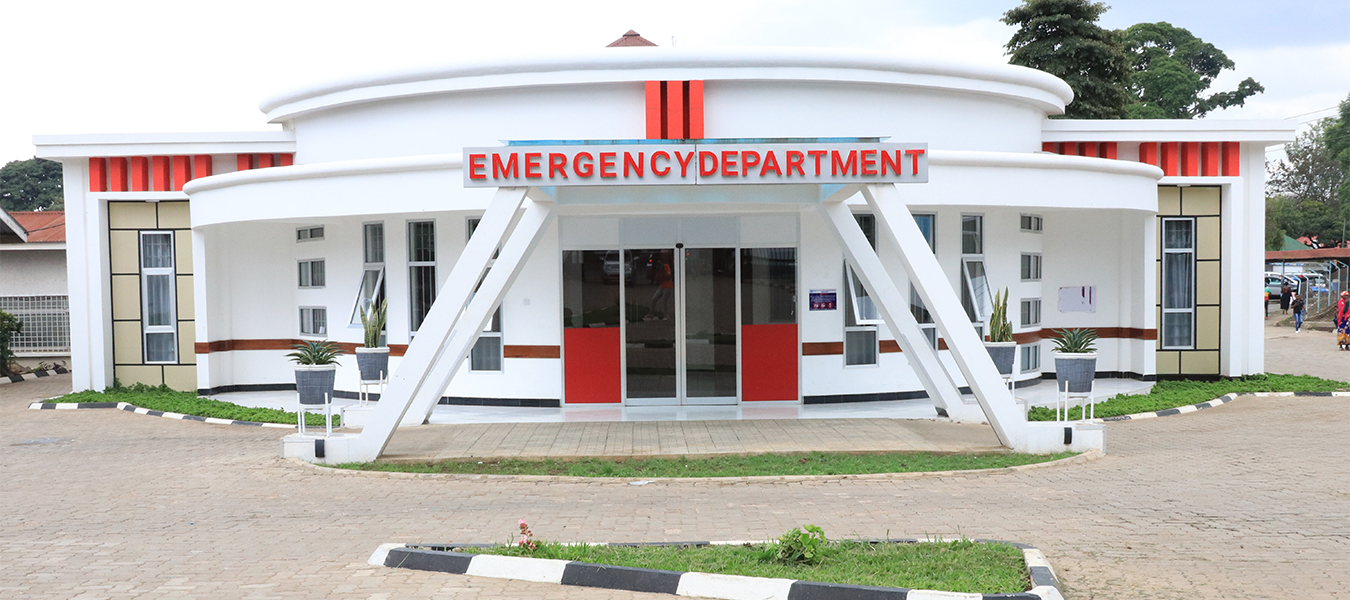Pedestrians in Dar es Salaam risk crossing multiple lanes with heavy traffic on roads despite the presence of overhead bridges, with most of them saying the bridges are too long to cross, a study says.
This comes at the time the government has constructed and is still planning to construct more overhead bridges across busy roads in the city to protect pedestrians from preventable road traffic accidents and deaths.
About 30% of all road traffic deaths in Tanzania involve pedestrians, with most traffic injuries among pedestrians resulting from road crossing, according to the Global Status Report on Road Safety.
The researchers conducted interviews with 19 pedestrians at six overhead bridges located in suburbs of Kawe, Buguruni, Manzese, Morocco, Kimara and Ubungo, and found that there was little involvement of communities in plans and decisions to construct the bridges.
However, general conclusions cannot be drawn from this study alone as it used opinions from pedestrians crossing the bridges at the time of the study, attracting potential bias.
The researchers say, “There will be a follow-up study that will involve the police officers and other road users to further understand the challenges of overhead bridge uses and its impact on road traffic accidents and deaths.”
Results of the study show that majority of the people understand the importance of the bridges but “a common remark throughout the interviews was that it was a bit of a surprise to [them] to see pedestrian bridges [ ] projects.”
During the study, some of the pedestrians said they avoided crossing the overhead bridges because of safety concerns especially at night, theft and physical fitness.
Authors say the involvement of communities in planning and design, comes with a clear and common understanding about how, when, where, and why the bridge should be built.
“Another noted benefit was for the communities around [can] to take care of the facilities both within and around the bridge,” said the authors in the study whose findings have been published in the International Journal of Environmental Research and Public Health.
The majority of Dar es Salaam residents commute daily from one point to another for various reasons, with most of the commuters are aged between 15 to 45 years which is the economically productive group.
According to the 2016 Global Road Safety facility, 54% of road deaths and injuries in Tanzania were between 15 to 64 years hence the need for strong road safety management in all aspects of road safety.
“Our results also suggest that the consequences of long pedestrian bridges may lead to ineffective use not only by old, sick, and physically challenged people but also by young and energetic ones,” the authors wrote.
The study was conducted by researchers from the National Institute of Transport (NIT), Karolinska Institutet and the Muhimbili University of Health and Allied Sciences (MUHAS).
The lead researcher, Daudi Katopola, Assistant Lecturer at the National Institute of Transport in Dar es Salaam calls for more innovative and cost-effective solutions for commuters when crossing roads.
“The government spends a lot of money in the construction of overhead bridges while they are not used effectively by the intended people for their intended purpose,’’ says Katopola, who is pursuing a PhD in Global Public Health at Karolinska Institutet in Sweden.
Overhead bridges in Tanzania are not common in Tanzania. The first bridge was built in 1991 across Morogoro road at Manzese, with the rest constructed in the 2010s.
Katopola says he was motivated to carry out the research because of his interests in preventing pre-crash injuries and during his interview with Tanzania Roads Agency engineers, he discovered a gap in community participation.
In carrying out the study, the team of researchers found that there was a discrepancy between the beliefs and intentions of crossing the road between the end users of the overhead bridges and the authorities responsible for the construction.
Co-author Dr Frederick Mashili, Lecturer at the Muhimbili University of Health and Allied Sciences says the bridges would be used for the intended purpose if pedestrian recommendations were considered before construction.

